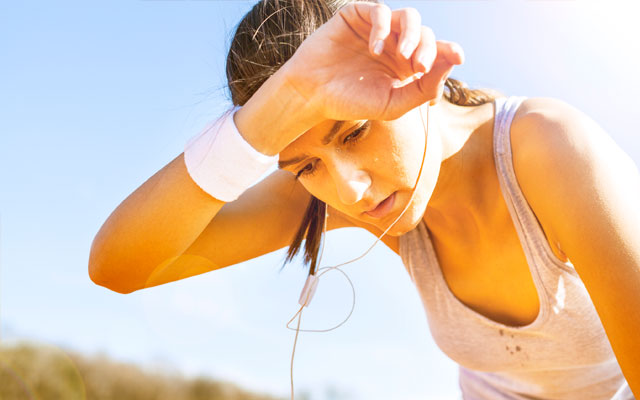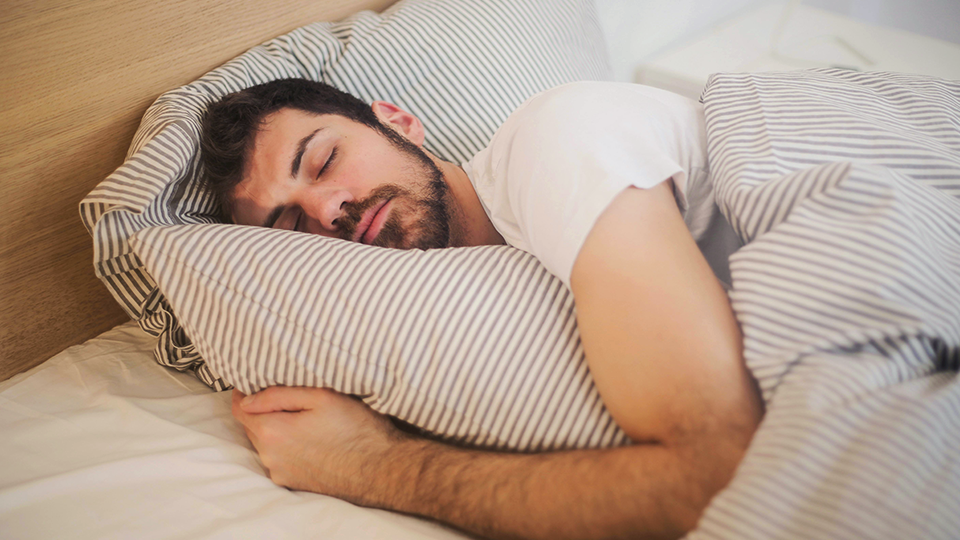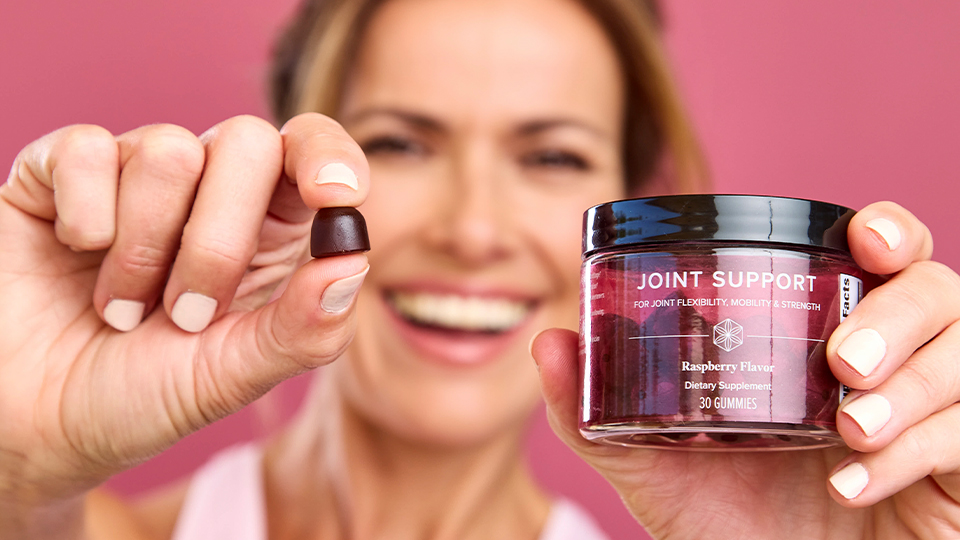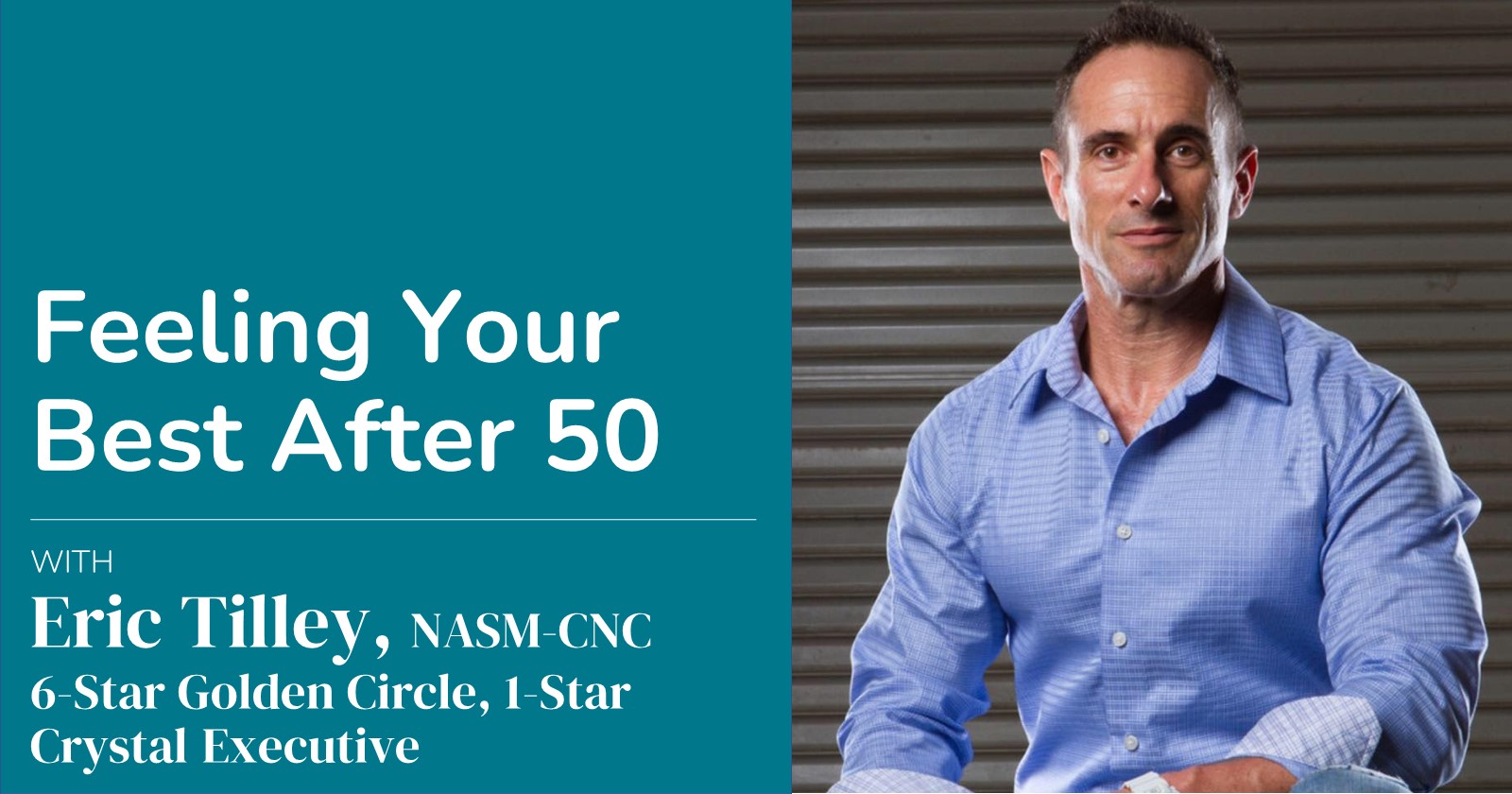If you’re caught unprepared, the heat outside can turn a simple jog into a test of will. When you’ve got the sun beating down on you, it’s going to slow you down. But athletes can take steps to acclimatize and bring performance back up to normal.
Marathon runners know summer temperatures are a performance killer. One study estimates that for every 10 degrees above 55 degrees Fahrenheit, running times worsen by 1-3 percent (1). While that might not sound like much at first, consider that running at 105 degrees could mean a 5-10 percent performance drop!
When it’s hot outside, you’re not just dealing with discomfort. There’s more going on than your profound psychological desire to jump into the nearest body of cold water. You have multiple factors that are causing your body to underachieve.
One factor is the stress on your heart muscle from the heat. Not only are temperatures hot outside, but your body itself is producing large amounts of heat inside. So your circulatory system responds by moving warm blood closer to the skin to help dissipate some of that heat, while at the same time making you sweat to cause evaporative heat loss (2).
But while blood is being shuttled to the skin, your working muscles are still expecting it to be delivered to provide oxygen and remove metabolic waste products. The consequence of your body trying to remove heat at the same time as it’s delivering oxygen and energy to exercising muscles, is that it can’t do it all at the same rate as normal (2).
With every additional 10 degrees of heat you need to dissipate, the greater the amount of blood that needs to be diverted to the skin. The vital cooling component of your body is the plasma, or the watery portion of blood, which is why staying well hydrated and having a proper electrolyte balance is essential to not passing out from heat stroke or worse.
Acclimatize to Adapt
There are some steps you should take to help your body adjust to heat. One way is to acclimatize your body by regularly training in the heat. Your body will naturally increase plasma volume to aid the evaporative process and increase sweat rate, sweat concentration, and even your resting core temperature (3).
In experiments done in a laboratory setting, researchers have found that it can take up to two weeks for your body to make the proper adjustments (4). In addition, as with most adaptations in exercise, if you don’t keep using it, you lose it. In the lab research, scientists found that adaptation to heat can last about one to three weeks after stopping regular exercise in the heat (4).
While each runner is slightly different, you can expect about two weeks of continual training in the heat to acclimatize. Estimates are that at least one hour of moderate exercise daily in hot conditions is enough to get results in that timeframe (5).
Athletes should slowly ease exercising in the heat into their training by keeping a low intensity at first depending on normal running volume, fitness level, and natural heat tolerance. Some athletes might even want to decrease training time during the first couple of days until they feel more comfortable, and as adaptations occur they can increase intensity and volume.
Stay Hydrated, But Don’t Overhydrate
You’ll need to drink just enough water to replace sweat lost during exercise. But drinking anymore than that does not do your body any favors. You won’t acclimatize to the heat as well as you could and you may cause an electrolyte imbalance (6).
But getting too little water can also halt heat adaptations. Under-hydration can decrease skin blood flow, decrease sweat rate and heat dissipation, reduce blood volume, and increase core temperature (6). A decrease of just two percent in body weight via sweat loss means dehydration is setting in and performance will start to suffer (6).
Estimates are that the amount of fluid you need may double when exercising in heat. You can figure out what you need by weighing yourself before and after exercise. If you lost any weight during exercise, then that should give you a good idea of how much more water you need.
Flavored sports drinks can also help make sure you’re properly hydrating yourself. A well-designed product, such as AMPED Hydrate, will taste great and also offer some carbohydrates in a balanced ratio of glucose-to-fructose for easy absorption, and will provide electrolytes lost in sweat.
Follow It Up with Liquid Nutrition
Too often overlooked is the nausea and lack of appetite that many athletes experience during or after exercising in the heat. In fact, the amount of energy you expend actually rises when under heat stress and when combined with intense training (7, 8).
The result: too low nutritional intake that can destroy recovery and performance gains. But athletes can combat the problem of under-nutrition by consuming easily digestible nutrition in a gel or liquid format.
Using gel products, like AMPED Fuel, helps supply carbohydrates and amino acids during training. Protein-rich shakes, such as IsaLean Pro or IsaPro (mixed with a banana), can be used after training to support recovery. Once your appetite returns, you can then re-focus on proper whole food-based meals rich in lean proteins, whole grains, and fruits, and vegetables.
Here’s a favorite post-workout recovery recipe after a summer workout:
IsaLean Pro Pudding
Ingredients:
- 1 serving IsaLean Pro
- 1 – 2 AMPED Recover or large mashed banana
- 1 tsp cinnamon
Directions:
- Mix IsaLean Pro in a small bowl with 2 oz. of water until you form a pudding like consistency
- Add AMPED Recover or mashed banana
- Mix in cinnamon
- Refrigerate or freeze briefly
- Enjoy a low-volume, nutrient packed recovery meal!
Don’t let the heat of summer hold your progress back. Acclimatize by building up your exposure and be sensible with how hard you push yourself for the first couple of weeks.
Remember to keep tabs on your hydration by weighing yourself before and after workouts, consume plenty of water through AMPED Hydrate to ensure your plasma volume adjusts to the new stress. Finally, don’t force down food if you feel sick to your stomach, but try to get some protein and carbohydrates in with Isagenix products to help recover more easily.
References
- Montain SJ, Ely MR & Cheuvront SN. Marathon performance in thermally stressing conditions. Sports Med. 2007; 37(4-5):320-3.
- Lorenzo S, Halliwill JR, Sawka MN & Minson CT. Heat acclimation improves exercise performance. J Appl Physiol. 2010 Oct; 109(4):1140-7.
- Périard JD, Racinais S & Sawka MN. Adaptations and mechanisms of human heat acclimation: Applications for competitive athletes and sports. Scand J Med Sci Sports. 2015 Jun; 25 Suppl 1:20-38.
- Armstrong LE & Maresh CM. The induction and decay of heat acclimatisation in trained athletes. Sports Med. 1991 Nov; 12(5):302-12.
- Bergeron MF. Heat stress and thermal strain challenges in running. J Orthop Sports Phys Ther. 2014 Oct; 44(10):831-8.
- Périard JD & Racinais S. Training and competing in the heat. Scand J Med Sci Sports. 2015 Jun; 25 Suppl 1:2-3.
- Consolazio CF & Schnakenberg DD. Nutrition and the responses to extreme environments. Fed Proc. 1977 Apr; 36(5):1673-8.
- Murray R. Nutrition for the marathon and other endurance sports: environmental stress and dehydration. Med Sci Sports Exerc. 1992 Sep; 24(9 Suppl):S319-23.





